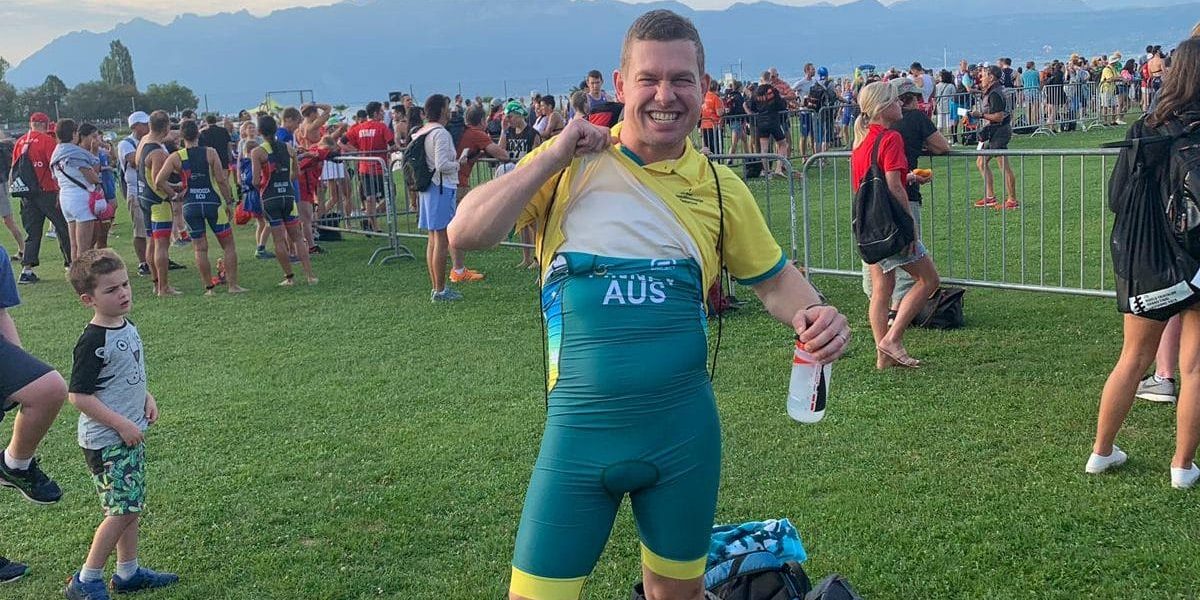After every season finishes and before every new season starts, athletes come to the point of thinking what their options are for the new athletic year. They usually go through events looking for the right one, checking their budget, the dates, analysing the workload, talking with themselves and their families; all to see how possible it is to do a PB, aim for the podium or even win a race or series. Part of the time flies dreaming about an amazing season, and the other part is used thinking over and over how to make the best out of the time and training available.
What is not commonly known is that building up to a big goal means setting smaller ones on the way. Each objective has a purpose, a structure and a reason to be. Some are to test specific capacities, some others are to see how much progress has been made over certain time, and some others might be focused on proving new things, like training gear, a nutrition program or a race strategy. What these objectives have in common is that they don’t necessarily have to be attached to a race or a big goal. These objectives are focused on the athlete and the program.
When thinking about objectives to prepare for a new season, there are three main types that can be used:
Objectives based on Events: Some think that the best and most exciting way to measure progress is by going straight to where the action is. There is no alterative simulation capable of beating the real thing. In the Melbourne Triathlon scene, this can be anything from a fun run, smaller triathlon or an Ironman. Athletes develop their skills by facing a real life scenario. Seeing other competitors, facing the sun or the rain, the wind and the water conditions will give enough information for each athlete to become better.
Most athletes base their objectives on this type of goal, thinking about their main event months or even years before they occur.
Objectives based on Performance: Objectives based on performance are more specific. They can be measured and usually bring crucial information ahead of big events. An example of this can be the Threshold test. The main goal of these objectives is to observe the athlete’s progression and to analyse what can be done, how can they become more efficient. Athletes focused on these objectives tend to be more attentive to details.
Although it is not as common, many athletes feel comfortable just being able to swim, ride or run at a certain pace without necessarily racing in a real life event. Coaches are usually the ones looking more at these type of objectives.
Objectives based on Lifestyle: As the name implies, these objectives are based on the athlete’s way of living and might be attached to the other two objectives. Sometimes, as athletes, the balance between personal life and athletic life is hard to obtain and that is where this type of objective comes into action. In many cases, finding the balance might be as easy as just adding an extra hour to swimming, or cycling during the weekends. On many occasions, however, it requires discussing times with the whole family unit, asking to take work home or agreeing on who is taking the kids to school. In many cases this type of planning needs to be seen first before jumping into the other two objective types.
Athletes focused on these types of objectives tend to be more organised and precise in what they want. Although coaches are very good at analysing this aspect, it is always recommended for athletes to have a talk with their families and sometimes at their jobs so that they can all agree on certain schedules and times for training.
A full season can be formed around one or two big objectives and each of them composed of the perfect conjunction of many smaller ones. Building a positive season means finding the perfect balance between every single part of life no matter how difficult or easy they look. A task like this can be difficult, but there is no rush to it, creating a plan like this can take days, weeks or months.
As it has been said before, successfully achieving a big objective does not rely only on the athlete, but has a lot to do with their family, coaches and support crew. The best program starts from asking how realistic it is to get that objective, how much it is going to cost in terms of money, emotional investment and physical training, how much support the athlete has, how clear is it for the person embarking in that journey, but most importantly, how badly does the athlete really want it.
If you are still unsure about what your goal for the next season, here at Davey Black Triathlon we will be happy to sit and talk you through it. From the first Fun Tri to the Ultraman, you can be confident that you have an experienced staff ready to help you achieve your athletic dreams.

